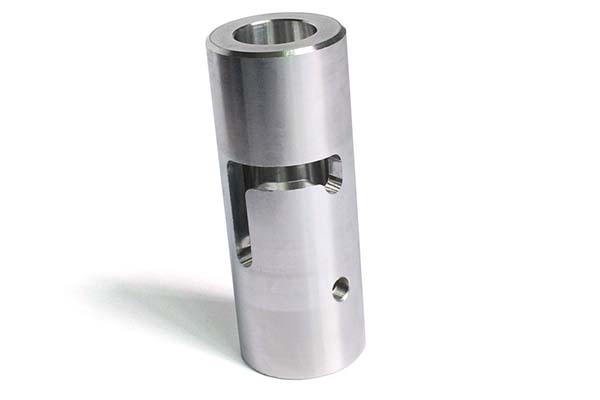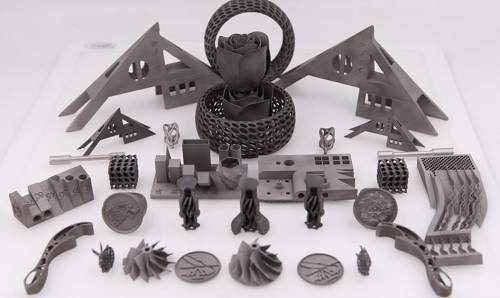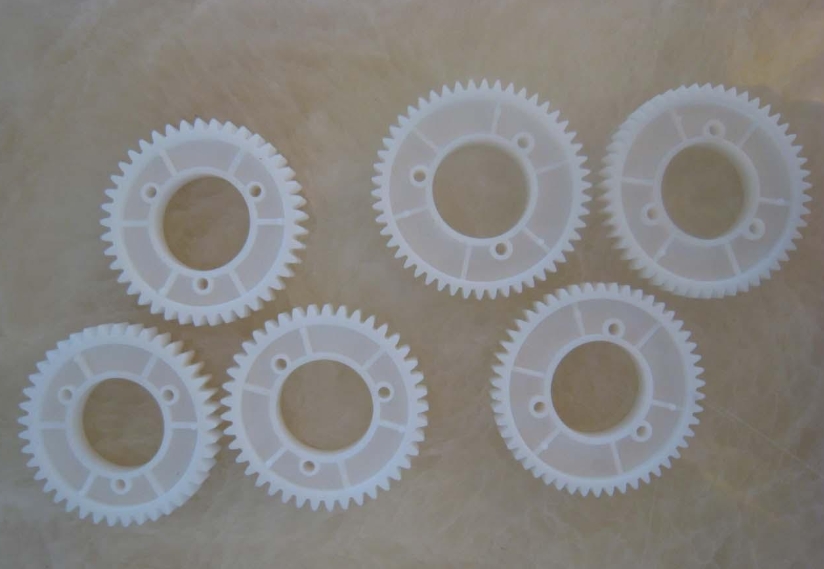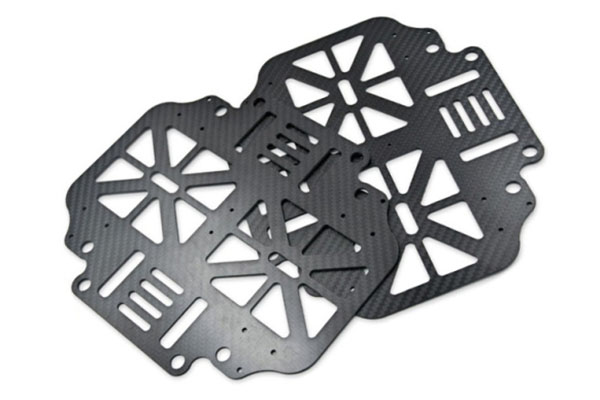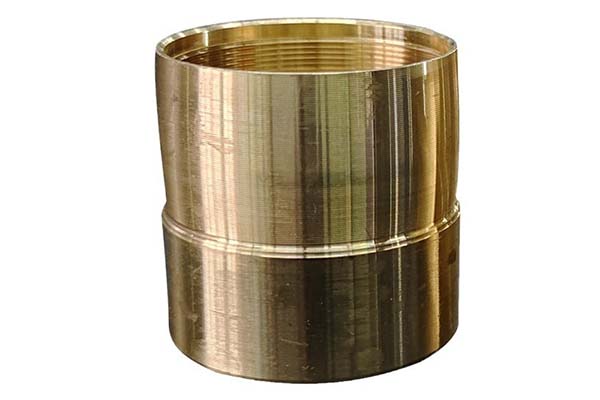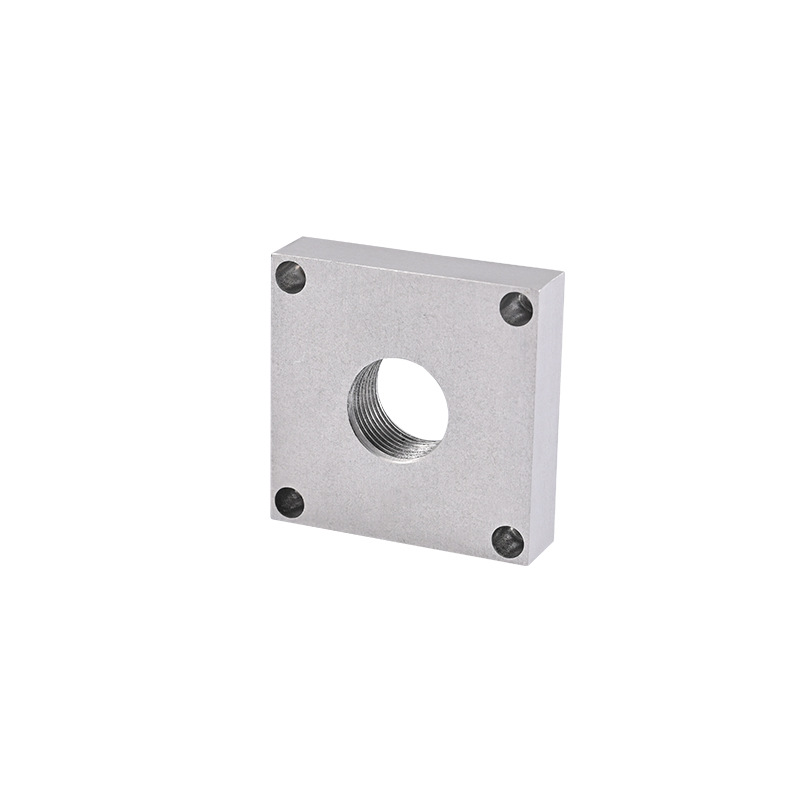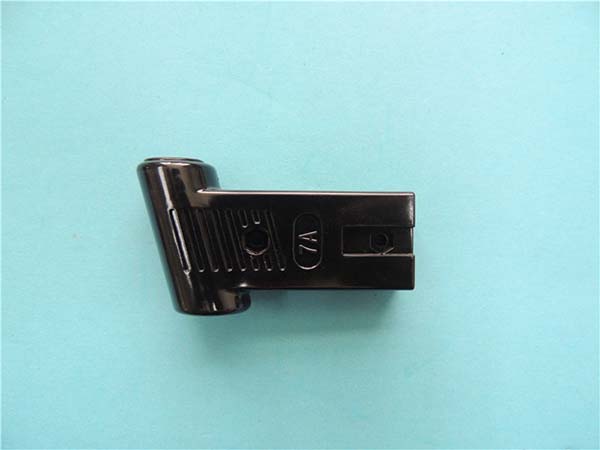What is 3D Printing for Industrial Parts?
3D printing for industrial parts, also known as additive manufacturing, is a revolutionary technology that constructs three - dimensional objects by layering materials one by one. This process is based on digital models, typically created with Computer - Aided Design (CAD) software.
Unlike traditional subtractive manufacturing methods, which start with a larger block of material and remove excess through cutting, milling, or drilling, 3D printing builds parts from scratch. For example, in traditional machining, if you want to create a metal bracket, a large piece of metal stock is carved down to the desired shape, resulting in a significant amount of wasted material. In contrast, 3D printing for industrial parts adds layers of metal powder (in the case of metal 3D printing) or other materials like plastics or ceramics precisely where they are needed. This fundamental difference in manufacturing approach offers several unique advantages.
The 3D printing process begins with the creation of a 3D model. This model is then sliced into thin cross - sectional layers by specialized software. The 3D printer reads these layer - by - layer instructions and deposits the material accordingly. For instance, in a fused deposition modeling (FDM) 3D printer, a thermoplastic filament is melted and extruded through a nozzle to create each layer. In selective laser sintering (SLS) for metal parts, a high - power laser sinters metal powder particles together layer by layer. Each 3D printing technology has its own way of material deposition, but the common principle is the layer - by - layer construction, which enables the creation of complex geometries that are often impossible or extremely difficult to achieve with traditional manufacturing techniques.
How Does 3D Printing Work?
Modeling
The first step in 3D printing industrial parts is creating a 3D model. This is typically done using Computer - Aided Design (CAD) software. Designers need to consider several factors during this stage. For example, the intended function of the part is crucial. If it's a high - stress mechanical component, the design must account for factors like strength, fatigue resistance, and load distribution. The material to be used also influences the design. Different 3D printing materials have varying properties; plastics might be suitable for non - load - bearing parts with complex geometries due to their ease of printing and lower cost, while metals are preferred for high - strength applications. The surface finish requirements also play a role. A part that needs a smooth surface for aesthetics or to reduce friction will require different design considerations compared to a part where surface roughness is acceptable.
Slicing
Once the 3D model is complete, it undergoes a slicing process. Specialized slicing software is used to break down the 3D model into a series of thin, two - dimensional layers. The thickness of these layers can range from as little as 0.05 mm to 0.3 mm, depending on the desired level of detail and the capabilities of the 3D printer. During slicing, the software also generates a G - code, which is a set of instructions that the 3D printer can understand. This code defines the exact path the printer's nozzle or laser will follow to deposit the material for each layer. For instance, it determines the start and end points of each line of material deposition, the speed at which the material is extruded or sintered, and any pauses or retractions needed to ensure a clean print.
Printing
In the printing stage, the 3D printer reads the G - code generated during slicing and starts building the part layer by layer. There are several common 3D printing technologies:
- Fused Deposition Modeling (FDM): This is one of the most popular and accessible 3D printing methods. A thermoplastic filament, such as PLA (Polylactic Acid) or ABS (Acrylonitrile Butadiene Styrene), is fed into a heated extruder. The extruder melts the filament and then deposits it onto the build platform or the previously printed layer in a precise pattern as per the G - code instructions.
- Stereolithography (SLA): SLA uses a vat of liquid photopolymer resin. A high - precision laser beam traces the cross - sectional shape of each layer onto the surface of the resin, curing it and solidifying it into a solid layer. The build platform then lowers slightly, and a new layer of resin is spread over the previously cured layer, repeating the process until the entire part is complete.
- Selective Laser Sintering (SLS): For SLS, especially when printing industrial parts like metal components, a bed of powdered material (such as metal powder) is used. A high - power laser selectively sinters (fuses) the powder particles together according to the layer pattern, gradually building up the part.
Post - processing
After the 3D printing process is complete, the printed part often requires post - processing. This can include removing any support structures that were added during printing to hold up overhanging or complex geometries. In FDM prints, these supports are usually made of the same or a different, easily removable material. Sanding might be necessary to smooth the surface of the part, especially if a high - quality finish is required. For metal 3D - printed parts, heat treatment can be carried out to improve the mechanical properties of the material, such as increasing its strength or ductility. Post - processing is crucial as it can significantly enhance the functionality, appearance, and durability of the 3D - printed industrial part.
Comparison with Traditional Manufacturing Methods
When considering the production of industrial parts, it's essential to compare 3D printing with traditional manufacturing methods. Here is a detailed comparison in several key aspects:
| Aspect | Traditional Manufacturing | 3D Printing |
| Design Limitations | Constrained by the capabilities of machining tools. Complex internal structures and organic shapes are extremely difficult or impossible to achieve without significant additional processes. | Offers high design freedom. Can create intricate geometries, including lattice structures, internal channels, and complex organic shapes, directly from the digital model without the need for complex tooling. |
| Production Cost | High initial investment in tooling and machinery. For small - batch production, the cost per part is relatively high due to the amortization of fixed costs. However, in large - scale production, the unit cost can be reduced significantly. | Lower initial investment in tooling (in some cases, no tooling is required). The cost per part is more stable regardless of batch size, and it becomes more cost - effective for small - batch production. But for very large - scale production, the material cost in 3D printing may make it less competitive. |
| Production Cycle | Long production cycles, especially when considering processes like tooling design, machining, and assembly. Changes to the design often require re - tooling, which further extends the cycle. | Short production cycles, especially for small - batch or one - off production. Changes to the design can be made easily by modifying the digital model, and the production can start immediately without waiting for new tooling. |
| Customization Ability | Customization is possible but often costly and time - consuming as it may require unique tooling or additional machining steps for each variation. | Highly suitable for customization. Each part can be customized simply by changing the digital model, allowing for on - demand production of unique parts. |
| Material Utilization | Low material utilization in subtractive manufacturing processes. A significant amount of material is removed and wasted during cutting, milling, and drilling operations. | High material utilization as it adds material only where needed in an additive process. This reduces waste and can be more environmentally friendly. |
For example, in the automotive industry, traditional manufacturing methods are excellent for mass - producing simple and standardized parts like engine blocks for high - volume car models. However, when it comes to producing custom - made parts for concept cars or small - batch production of specialized racing components, 3D printing can offer faster production times and more design flexibility at a reasonable cost.
Yigu Technology's View
As a non - standard plastic metal products custom Supplier, Yigu Technology has witnessed the transformative power of 3D printing in industrial parts manufacturing. The technology's ability to enable high - level customization is a game - changer. For instance, in producing custom - designed plastic components for specific machinery, 3D printing allows us to quickly turn unique design concepts into tangible parts, meeting the diverse needs of our clients without the high costs associated with traditional custom manufacturing.
When it comes to manufacturing complex - structured metal parts, 3D printing offers distinct advantages. We can create parts with intricate internal channels or lattice structures that would be extremely difficult to achieve using traditional methods. This not only expands the design possibilities but also improves the functionality of the parts, such as enhancing heat dissipation or reducing weight while maintaining strength.
However, we also recognize the challenges. The limited range of available 3D printing materials for certain high - performance applications is a drawback. Additionally, the relatively slow printing speed can be a bottleneck for large - scale production.
Looking ahead, we believe that with continuous technological advancements, 3D printing will play an even more significant role in industrial parts manufacturing. We are committed to leveraging this technology to provide our customers with innovative, high - quality, and cost - effective non - standard plastic and metal products.
FAQs
What are the most common materials used for 3D printing industrial parts?
Common materials for 3D printing industrial parts include thermoplastic plastics like PLA and ABS. PLA is biodegradable and has a relatively low melting point, making it suitable for parts where environmental friendliness and ease of printing are important, such as some consumer - facing industrial products. ABS is more durable and heat - resistant, often used for functional prototypes and parts that need to withstand mechanical stress. Photopolymer resins are used in SLA 3D printing. They offer high precision and smooth surface finishes, so they are ideal for creating parts with intricate details, like jewelry molds or dental models in the industrial context. Metal powders such as aluminum, titanium, and stainless steel are used in metal 3D printing methods like SLS. Aluminum is lightweight and corrosion - resistant, suitable for aerospace and automotive parts where weight reduction is crucial. Titanium has high strength - to - weight ratio and excellent biocompatibility, making it valuable for medical implants and high - performance industrial components. Stainless steel is used for parts that require high strength and corrosion resistance, like valves and fittings in chemical processing industries.
Can 3D printed industrial parts meet the same quality standards as traditionally manufactured parts?
Yes, 3D printed industrial parts can meet the same quality standards as traditionally manufactured parts. With the continuous advancement of 3D printing technology, the strength, accuracy, and surface finish of 3D printed parts have been greatly improved. For example, in metal 3D printing, through proper process control and post - processing techniques like heat treatment, the mechanical properties of 3D printed metal parts can be made comparable to those of conventionally forged or machined parts. In terms of accuracy, some high - end 3D printers can achieve tolerances within ±0.05 mm, which is sufficient for many industrial applications. Additionally, 3D printed parts often go through strict quality control procedures, including non - destructive testing methods such as X - ray inspection to detect internal defects, and dimensional inspection using coordinate measuring machines (CMMs). Many 3D printed parts also meet international quality certifications like ISO standards, ensuring their reliability and quality in industrial use.
How much does it cost to start using 3D printing for industrial parts production?
The cost of starting 3D printing for industrial parts production varies depending on several factors. The equipment cost can range from a few thousand dollars for a basic desktop FDM 3D printer suitable for small - scale prototyping to hundreds of thousands or even millions of dollars for high - end industrial - grade metal 3D printers. Material costs also play a significant role. For example, plastic filaments for FDM printers can cost around \(20 - \)50 per kilogram, while metal powders for metal 3D printing can be several hundred dollars per kilogram. Software costs may include CAD software licenses, which can range from a few hundred to several thousand dollars per year depending on the functionality. There are also training costs for employees to operate the 3D printers and design 3D models effectively. For a small - scale industrial operation that mainly focuses on plastic prototyping using a mid - range desktop 3D printer, the initial investment could be around \(5,000 - \)20,000 including equipment, basic software, and initial materials. For a more advanced metal 3D printing setup for medium - scale production, the cost could be upwards of $500,000.
